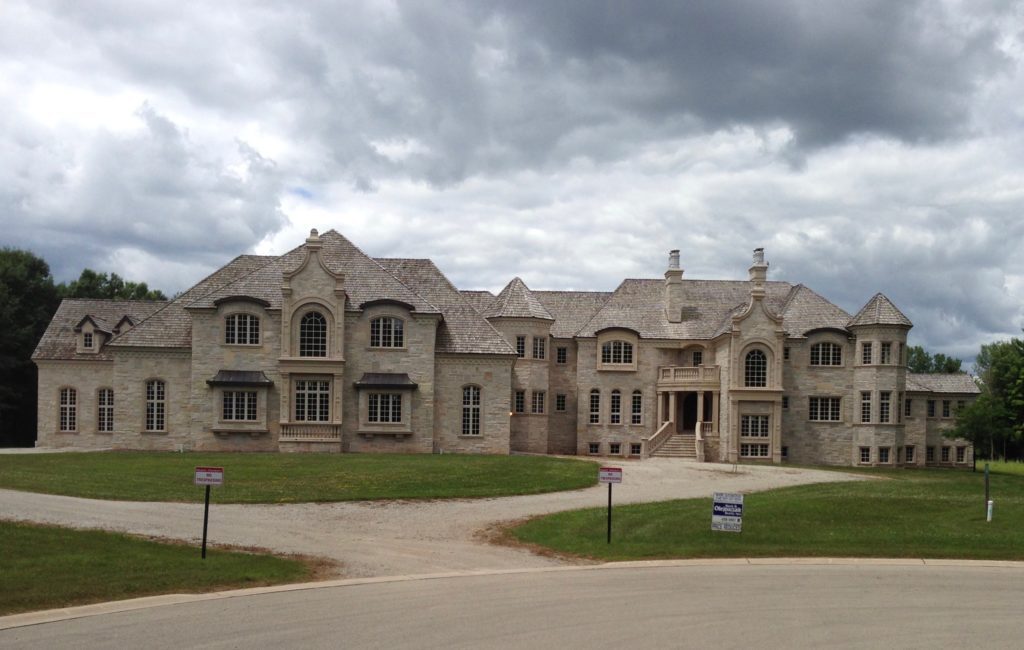 Reader Question: We have enjoyed our home for over five years. In addition to great neighbors, we like the neighborhood amenities, the convenience, and proximity to work. However, we need more room as our family has grown. We are well situated financially, but we do not want to have wasted capital when we sell the house in the future. Do you have suggestions on how to evaluate significant home additions or remodeling?
Reader Question: We have enjoyed our home for over five years. In addition to great neighbors, we like the neighborhood amenities, the convenience, and proximity to work. However, we need more room as our family has grown. We are well situated financially, but we do not want to have wasted capital when we sell the house in the future. Do you have suggestions on how to evaluate significant home additions or remodeling?
Monty’s Answer: It can be challenging to stay on the conservative path once you have physically initiated the project. For example, we had friends that undertook an exterior remodel project. They included new windows, new siding, and new landscaping in the budget. Upon completion, the property appeared like-new, except for the exceptionally long circular driveway. The blacktop was old, cracked, uneven, and even had a few potholes. One of the most prominent features from the curb suddenly jumped out at them. The new blacktop put them well over the budget.
Prepare for surprises
Unknown circumstances, inside and outside of the house can disrupt the process. Unlike the blacktop drive, some of them are not visible when the project starts. In the demolition phase of a project, it is not uncommon to uncover new concerns that must be dealt with to prepare for construction. A leaking pipe, an insect infestation, or asbestos can appear. Here is a link to more remodeling tips that may be helpful at http://bit.ly/2ClGlXf
The four most common blunders
Homeowners often know a remodel, or addition is risky but goes ahead regardless with the justification that “We don’t care if the investment does not pay off.” While easy to say at the time, 20 years later they often regret that statement. To suggest a loss is automatic is inaccurate because it is difficult to factor in exceptions in real estate. Occasionally, the house will fit into exactly what a buyer was seeking. Here are the four money traps.
- Overbuilding – No matter the price range, overbuilding is likely the most common error committed by homeowners. It happens with new construction as well. If the homes in your area are predominantly a certain size, and you want to double the size, it is likely to cause financial pain in the future. These square footage sizes are readily available in your local multiple listing service records.
- Architecture – Sometimes, entire communities will have a common architectural theme and straying from the traditional theme can be costly. For example, my hometown is a conservative midwest community and practically devoid of modern architecture. I suspect that contemporary homes occupy less than one percent of the entire city. If all the houses in your neighborhood are colonials, the beautiful contemporary design you saw in a fashion magazine may not fit in well. Be aware of the neighborhood architecture.
- The floor plan – Existing footprints in homes offer up challenges and restrictions as to how and where to add on. Even if the remodel is entirely within the existing walls, the location of windows, stairwells, and more influence design. These constraints can compromise floor plans that solve one problem but create a new one. Beware of a layout that creates a poor traffic pattern. For example, if you have to walk through the living room from the back door to get to the kitchen, you may quickly tire of it. A flawed plan increases difficulty selling as the price point increases.
- Odd room size and placement – When you draw a plan and end up with an eight-foot square bedroom, or a living room thirty feet long and twelve feet wide, it portends a financial loss in the future. It is possible to create a floor plan that flows well but flows into a room or rooms that are out of place, too large, or too small.
I recall a sale where a large man built his home with oversized rooms. While the floor plan was very functional every room was humongous. When they listed the home some years later, the house never came in first. Buyers chose other homes instead. The prospect feedback revealed that they could buy a home with all the same features for less money that was hundreds of square feet smaller. Buyers saw the extra size as a waste.
As you draw on professional advice and gather more necessary information, the picture of how much to invest will become clear. Only then can you decide if cost doesn’t matter.


